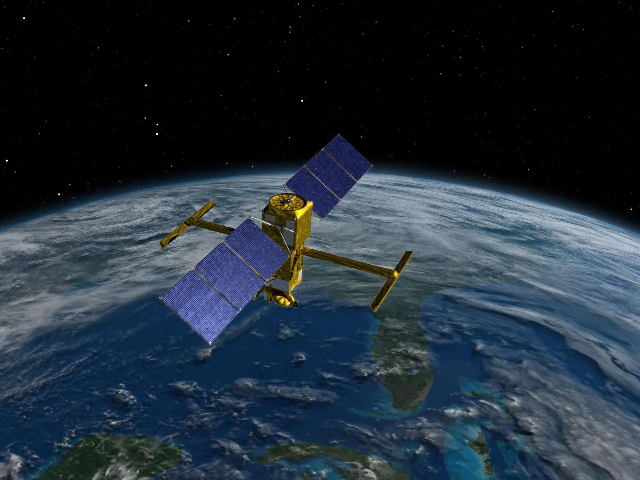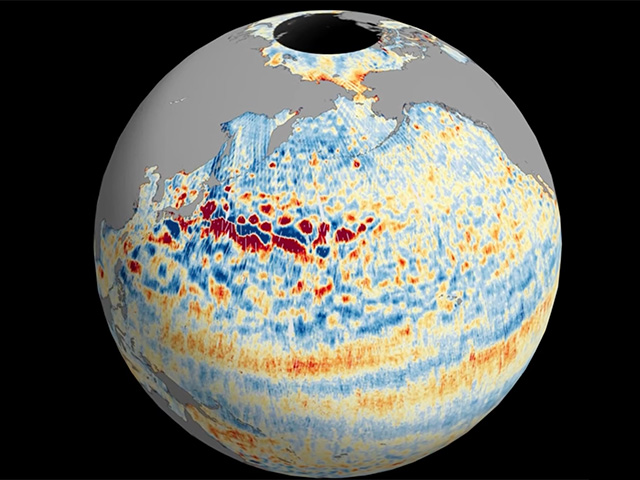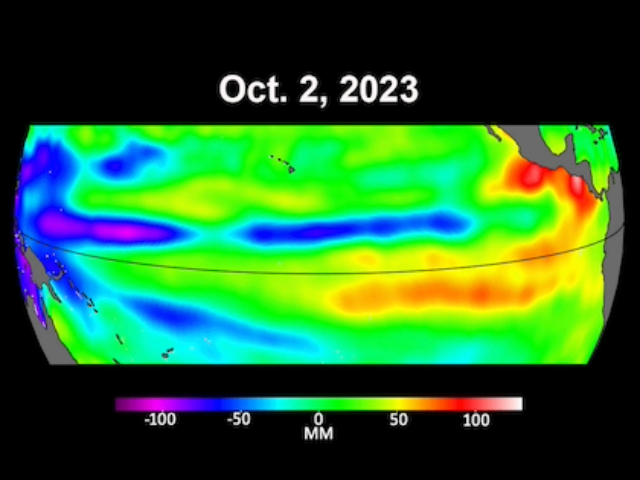News | September 18, 2013
Ion propulsion gives deep space missions a boost
By Nancy Smith Kilkenny,
NASA Glenn Research Center
Ion propulsion used to exist only in the imagination of science fiction writers. But after years of research and development NASA is poised to equip some of its most important deep space missions with ion engines that can nudge spacecraft using charged particles accelerated to blistering speeds of up to 90,000 miles per hour. And in the vastness of space, those engines need to push continuously for years.
NASA’s Evolutionary Xenon Thruster (NEXT) project, managed at NASA’s Glenn Research Center, has completed a test that powered the ion engine for over 48,000 hours. That’s five and a half years of thruster operation, making it the longest duration test of any space propulsion system in history.
What makes this milestone truly amazing is how little fuel it used. NEXT consumed 860 kg of xenon propellant. A conventional rocket would require 10,000 kg of propellant to provide the same amount of total momentum. By providing low, constant thrust over long periods of time, electric propulsion engines such as NEXT can accelerate spacecraft using less than a tenth of the propellant of a chemical rocket.
An engineer at NASA Glenn checks the alignment of a camera system for the NEXT Long Duration Test prior to closing the vacuum facility back in 2005. The cameras take high-quality images of critical thruster components to track how these components erode with time.

Therefore, mission planners can either reduce the size of the launch vehicle needed or they can carry larger payloads for a greater science return.
“The bottom line in space is to maximize the payload we deliver including potential missions in support of human operations and scientific payload,” says Patterson. “We don’t want to spend all our resources pushing propellant around. NEXT can fly huge payloads deep into space with super fuel efficiency.”
While NEXT represents a new, more robust capability for longer duration deep space missions, ion propulsion engines have been operating in space for many years in commercial, military and civil applications.





